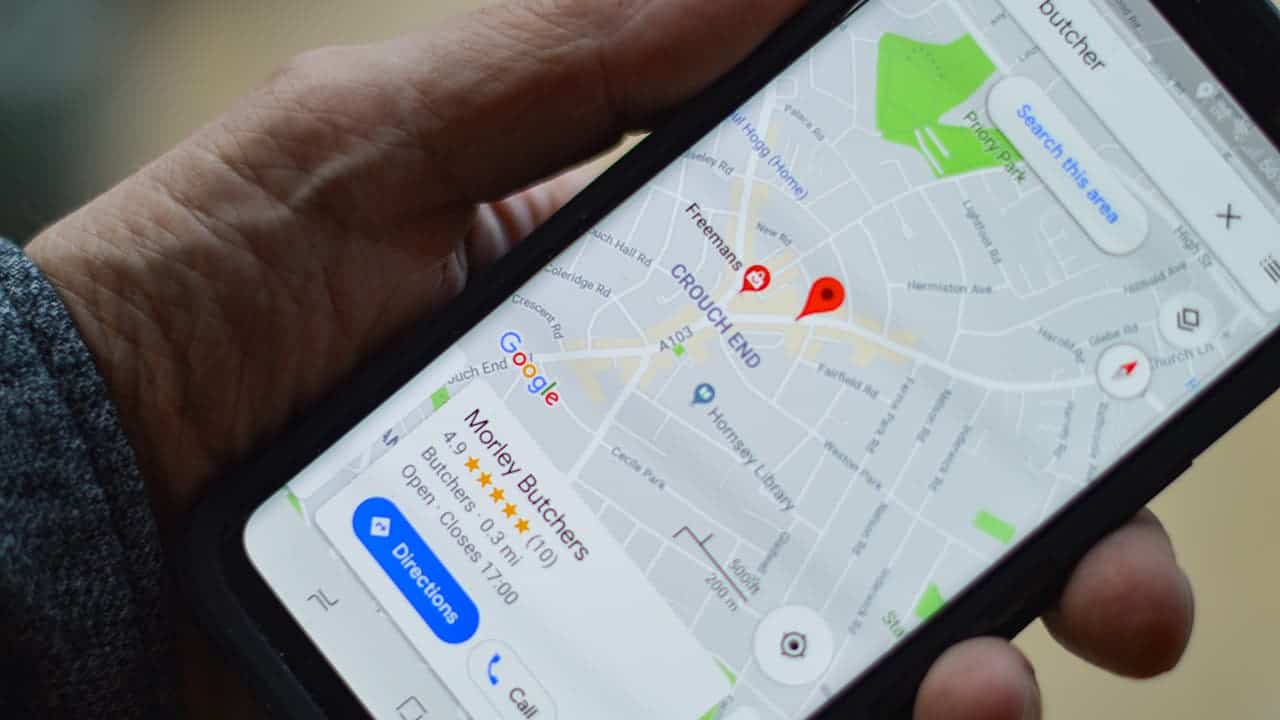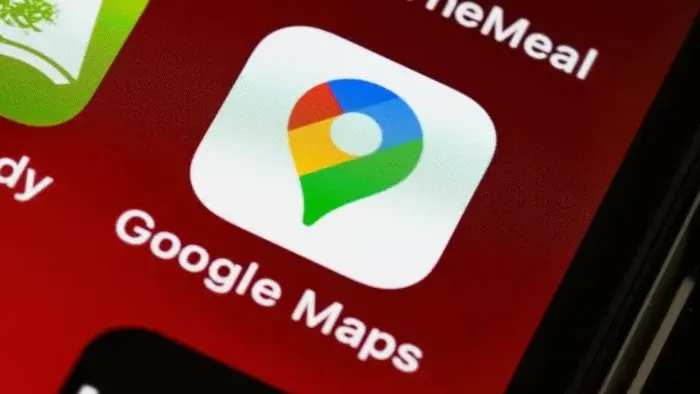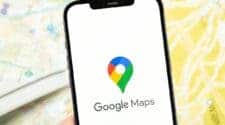Google Maps, a cornerstone service provided by the tech giant based in Mountain View, stands as an integral tool for users globally. Its widespread utility extends beyond travel, permeating daily life within cities. The key to its enduring success lies in the continuous evolution of features. A testament to the dedicated efforts of the development team. Recently, a noteworthy enhancement has been incorporated into Google Maps, aimed at refining the navigation experience, particularly within tunnels.
Enhancing Tunnel Navigation: Google Maps Introduces Bluetooth Beacons

In addition, this novel addition involves the integration of Bluetooth Beacons—compact devices proficient in radio transmission to Android smartphones with energy efficiency in mind. This innovation addresses a significant challenge encountered in tunnels, where GPS signals are rendered ineffective. By strategically deploying Bluetooth Beacons in these locations, Google intends to offer users a more seamless navigation experience.
To activate this feature, users can navigate to the settings menu within Google Maps, specifically in the navigation section. Here, a new switch has become available, seamlessly enabled by default. Allowing users to capitalize on the advantages presented by Bluetooth Beacons. Notably, the consumption of Bluetooth technology in this context has been optimized to minimize any significant impact on device battery life. So, users can choose to leave Bluetooth enabled, given this energy-efficient implementation.
Also, for those keen on accessing the latest iterations of the Android app promptly, the option of downloading them from APK Mirror is available. This popular source ensures timely updates, allowing users to stay abreast of the most recent features and improvements. Alternatively, Google Play Store remains a reliable avenue for acquiring the application.
In conclusion, the recent inclusion of Bluetooth Beacons in Google Maps represents a strategic move by the development team to enhance navigation in challenging environments such as tunnels. This measured innovation aligns with Google’s commitment to refining user experiences. And ensuring the continued relevance of its flagship mapping service. Users can seamlessly integrate this new feature into their navigation toolkit. Further solidifying Google Maps as an indispensable companion for daily journeys.





